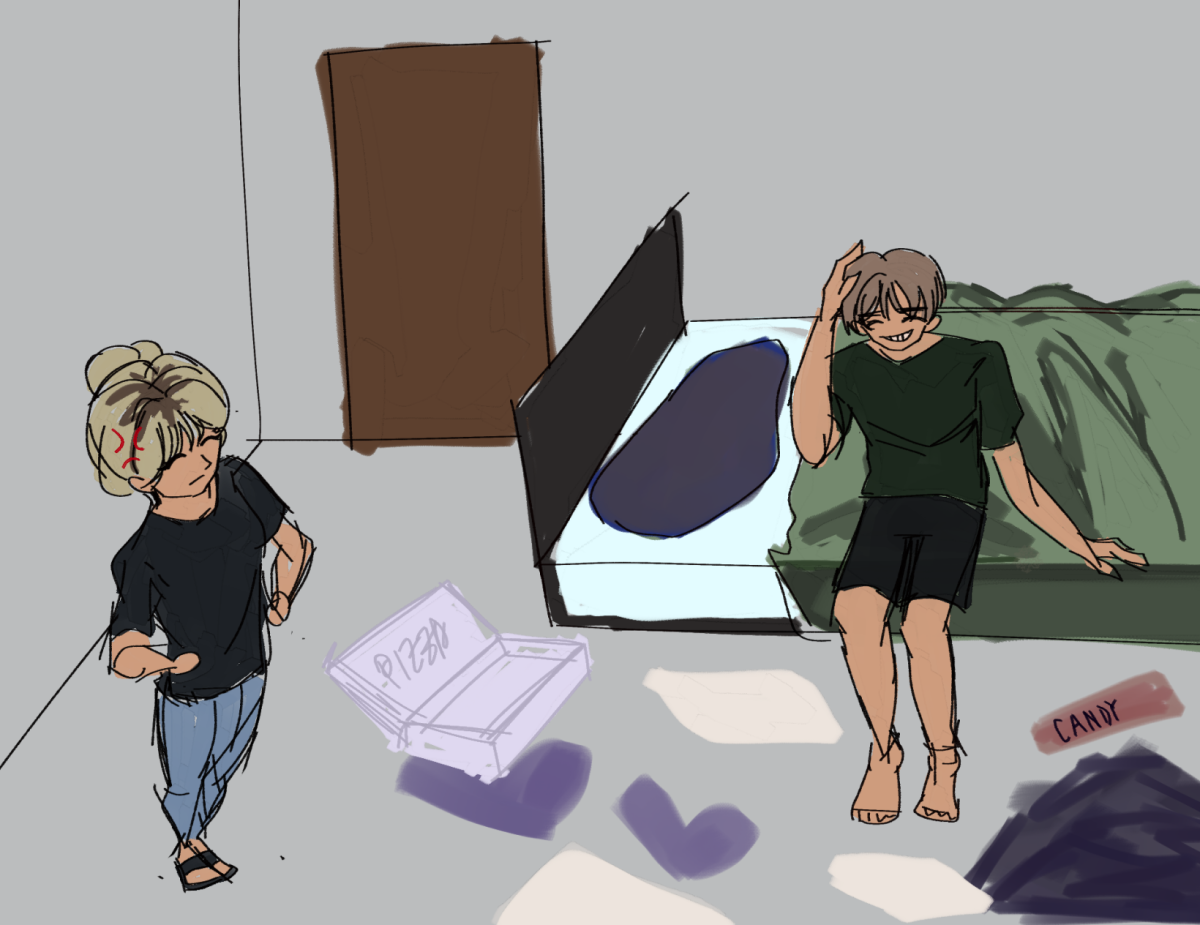Charlotte Perkins Gilman’s “The Yellow Wallpaper” was first published in 1892 and is a chilling short story that explores the mental deterioration of a woman who was subjected to the “rest cure.” The story became a foundational text in feminist literature, highlighting how patriarchal medical practices ignored women’s voices and autonomy within the medical field.
More than a century later, the concerns that Gilman raised provide a lens through which we can view how women’s healthcare is handled by modern medicine.
Gilman based this narrative — which follows an unnamed narrator who is isolated in a room alongside decaying yellow wallpaper and slowly descends into madness — on her own struggles with postpartum depression and the harmful treatments that were commonplace in the late 19th century. At the time, women’s mental health was often misunderstood, and conditions like depression or anxiety were commonly dismissed as hysteria.
Doctors believed that emotional instability and domestic disobedience were indicative of the more fragile state of mind that women possessed. Treatments like the rest cure, popularized by Dr. Silas Weir Mitchell, involved isolating women and forbidding them from intellectual or creative activity, as seen in “The Yellow Wallpaper.”
Gilman’s story depicts a woman who, in reality, suffers from postpartum depression, and is taken to a secluded country house by her husband, a physician. As she is confined to a room with torn, yellow wallpaper, she becomes fixated on its chaotic pattern.
As the days pass, the narrator’s obsession grows, and she begins to see a woman trapped behind the wallpaper’s design. Her mental state deteriorates as she believes she must free the woman — one who exists as a projection of herself.
In the end, she spirals into a state of psychosis, crawling along the floor as she tears the wallpaper away, symbolizing her total mental and emotional breakdown.
The narrator’s descent into madness is a direct result of her forced inactivity and the dismissal of her voice.
Like many real women at the time, and today, she is infantilized by her husband and doctor, who confuse proper care with control. This story shows how the medical system pathologized women’s emotions, all the while refusing to listen to their needs.
Although the rest cure has since been left behind, the echoes of this dynamic continue to reverberate today.
Today, women’s health concerns are still frequently downplayed or misdiagnosed. Studies show women are more likely to have their physical pain labeled as psychological, resulting in delayed diagnoses for serious conditions like heart disease, autoimmune disorders and endometriosis.
Even in emergency rooms, women reporting chest pain or chronic discomfort often face longer wait times and less aggressive treatment than men.
The same holds true in mental health care. While women are statistically more likely to be diagnosed with depression and anxiety, many face stigma or receive treatment that does not account for gender-specific factors. Like the narrator in “The Yellow Wallpaper,” modern women are sometimes dismissed as overreacting or being emotional, leading to treatments that fail to address the root causes of their struggles.
Systemic issues — such as gender bias in medical research and a lack of focus on conditions that predominantly affect women — perpetuate this cycle.
Gilman’s portrayal of forced silence and misunderstanding resonates as countless women today continue to fight for recognition of their symptoms and autonomy in health-related decisions. The story’s warning remains alive in exam rooms across the world.
“The Yellow Wallpaper” remains more than just a short story; it is a powerful critique of the silencing of women’s experiences.
Gilman used fiction to challenge the medical and social norms of her time, sparking early feminist conversations about autonomy and mental health. Stories like hers show how literature can expose systemic failures and influence broader social movements.
Today, that tradition continues through modern storytelling, journalism and activism that highlight disparities in women’s health care. Gilman’s work reminds us that elevating women’s voices — whether it is in literature or healthcare — is still vital to achieving meaningful change.
More than a century after its publication, “The Yellow Wallpaper” continues to reflect the struggles women face in advocating for their health. Until women’s voices are fully heard in every exam room, Gilman’s story will remain a haunting reminder of what happens when they aren’t.













